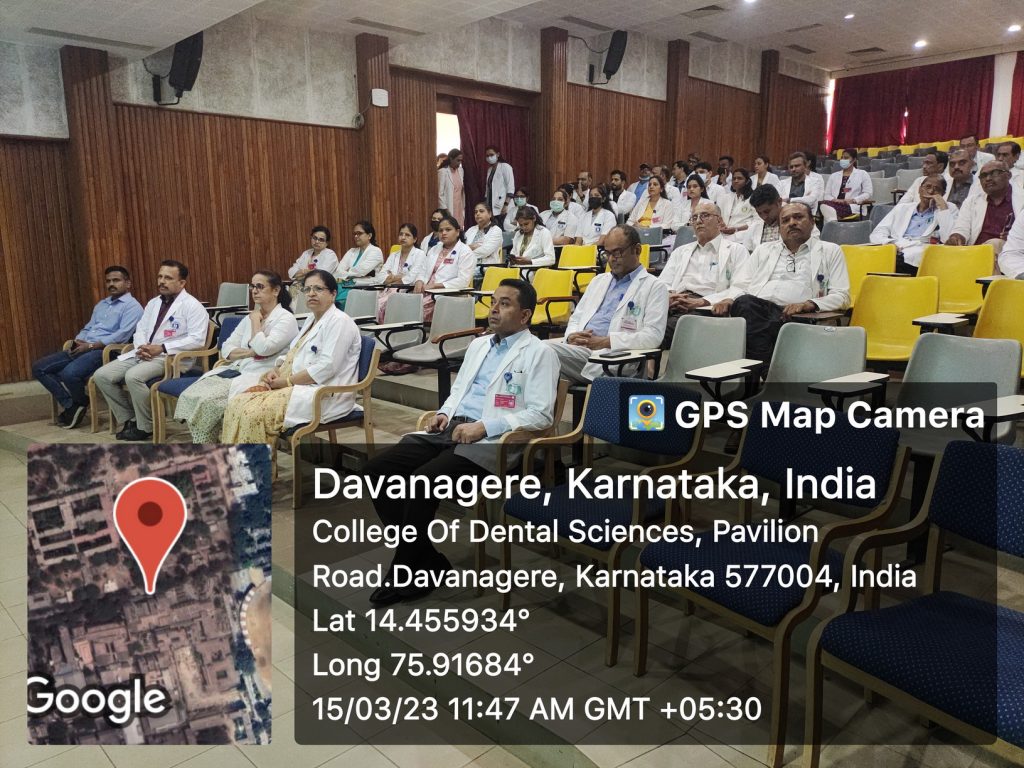
Electronic waste (referred to as e-waste) is produced when any electrical or electronic equipment is no longer suitable for its intended use or has passed its expiration date. The production of newer electronic equipment and the quick advancement of technology make it simple to swap out outdated models for more modern ones. Particularly in India, it has caused e-waste to rise exponentially. People have a tendency to migrate to newer models and popular technology, and with time, product lifespans get shorter. However, e-waste management in India and related difficulties remain a problem.
Health Impacts:
Electronic equipment contains a variety of dangerous metallic pollutants, including brominated flame retardants, beryllium, lead, and cadmium. Over 60% of e-waste is made up of metals like iron, copper, aluminium, gold, and other metals. Plastics make up approximately 30% of the garbage, while hazardous pollutants make up just about 2.80%. Of the numerous harmful heavy metals, lead is the one that is utilised in electronic equipment the most frequently for a range of uses, posing a number of health risks owing to environmental contamination. Lead gets into living things through food, water, air, and soil.
E-waste management (Nondegradable)
The batteries used for power management in the Institution are regularly maintained and older batteries are disposed of through recognized dealers (Rachana Powercom Pvt Ltd), while purchasing new batteries. All electronic waste generated from students and staff is collected by CROMA- A Tata Enterprise with whom we have MoU.




